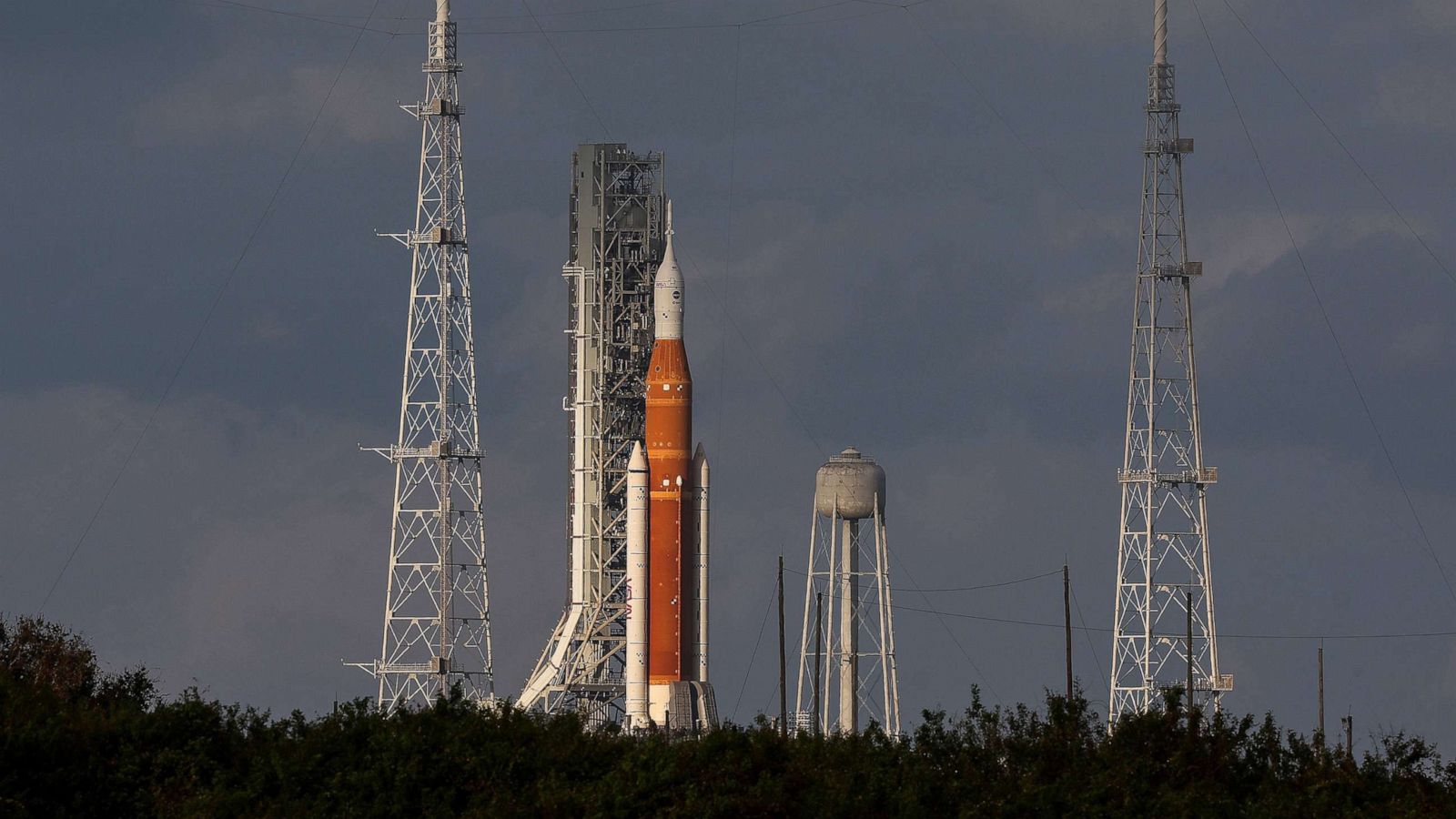The massive Space Launch System (SLS) rocket and Orion spacecraft are now free to continue with the next test launch on November 16 after receiving the green light from NASA’s Artemis 1 mission management team on Sunday.
The huge rocket must be launched by 1:04 AM EST on Wednesday, but NASA has a very lengthy list of tasks to do beforehand.
The unmanned journey around the moon will prepare the way for future human lunar exploration as part of Artemis, including a crewed flight test.
After Hurricane Nicole caused minor damage to the rocket and spacecraft, mission management met on Monday to review their preparedness for launch.
They came to the conclusion that there is a low probability that the flight would be seriously jeopardized if further debris were to come loose.
Final inspections are being made ahead of Wednesday’s launch window after they issued the launch “okay” signal.
The Orion spacecraft will launch on the 322 feet (98 meters) tall SLS rocket, the most powerful rocket ever built.
The mission, which will transport mannequins instead of people, is the next step toward returning humans to the moon.
The next flights will include crew members on board, with the first crewed space voyage planned for 2024.
NASA said that its 55-pound CubeSat, which is a component of the Capstone, successfully maneuvered into its near-rectilinear halo orbit (NRHO) at 7:39 PM EST on Sunday.
After launching the Capstone mission on a Rocket Lab Lunar Photon in late June, NASA lost communication with the spacecraft shortly after.
In order to facilitate future deep-space expeditions, NASA plans to have the Gateway space station follow the same NRHO orbit as the Capstone mission.
Future Artemis missions will be supported by Gateway, which will be “human-tended,” reviving long-term human-led exploration of the Moon and outer space.
According to NASA, Capstone is both the first CubeSat to operate on the Moon and the first spacecraft to fly an NRHO.
NRHO was chosen by NASA above two other choices to assist Artemis missions.
The first option, low lunar orbit, tracks extremely near the lunar surface and completes its orbit every two hours, but because of the pull of the moon’s gravity, it uses more fuel than is needed to live 15 years.
However, because of the additional distance, it would be more difficult for Gateway to reach the Moon’s surface in a far retrograde orbit, which is more fuel-efficient and circuits the Moon once every two weeks.
With higher fuel economy and closer access to the surface, NRHO strikes a balance between the two orbits.
According to NASA, the NRHO orbit, which hangs almost like a necklace from the Moon, is a one-week orbit that is balanced between the Moon’s and Earth’s gravitational pulls.
Additionally, NRHO will provide Gateway with an unbroken line of sight to Earth, allowing for continuous communication between Earth and the Moon.
Two further clean-up maneuvers to improve Capstone’s orbit will be carried out during the course of the next week. NASA will next examine the data to ensure that it stays in NRHO.
With inputs from Zdnet & Stowmarketmercury

